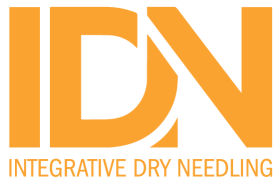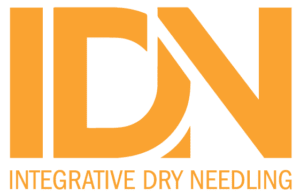Dry Needling of LI4 and TE5 Acupuncture Points on Wrist Flexor Spasticity in Stroke: A Case Report
Case Rep Neurol Med. 2025 Oct 18;2025:2219978. doi: 10.1155/crnm/2219978. eCollection 2025. ABSTRACT Spasticity is one of the most common serious complications after


